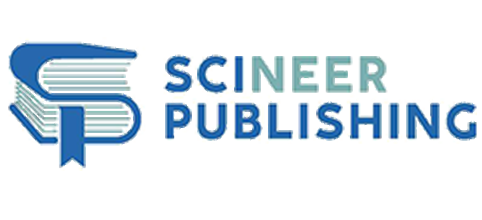Discourse Analysis of Policies Related to Aesthetic Education in China since the 21st Century -- NVivo analysis based on 24 policy texts
Abstract
the policies related to aesthetic education enacted at the national level between 2000 and 2025, and analyzes their discourse elements with the
help of NVivo14 qualitative analysis software, drawing on the methods of qualitative discourse analysis and quantitative content analysis, and
analyzes them in terms of the subject, issue, and utility, and finds that there exists a low degree of synergy among the ministries and commissions of policymaking, an imbalance in the participation of multiple policy subjects, a prolixity of contents, and an authority of policy tools. It
is found that the policy on American education has such problems as low degree of coordination among ministries and commissions in policy
formulation, unbalanced participation of multiple policy discourse subjects, cumbersome content, insufficient authority of policy tools, insufficient motivation of implementation subjects, and unclear subject of policy regulations.
Keywords
Full Text:
PDFReferences
[1] Xu, Hongshuai. (2018). Improving school aesthetic education - A study of major policies on school aesthetic education in the 40 years
of reform and opening up. Aesthetic Education Studies Journal, 9(6), 17-25.
[2] Yu, Y. (2023). Problems and Countermeasures of Promoting the Construction of School Aesthetic Education in Provincial Areas--Based
on 16 Provinces (Municipalities and Autonomous Regions). A policy text analysis of the (district) implementation program. Research on
Teaching and Learning, 46(5), 43-51.
[3] Guo, Shengjian, & Liu, Shan. (2021). National aesthetic education evaluation policy: background, content and principles. Hunan Normal University, Department of Education Journal of Science, 20(3).
[4] Liao, S. L. & Cheng, H. Y. (2024). Discourse analysis of China's moral education policy in the 21st century. Educational Science Research. 08, 76-82.
[5] Huang, Zhongjing. (2007). Exploring the process of educational policy making in China. Educational Theory and Practice, 27(3), 21-24.
[6] Ricoour, (1970), qtd. in Howarth, 2000, p. 128.
[7] UNESCO. (2022). Reimagining our future together: A new social contract for education. Education Section Academic Press, 4, 108, 2.
[8] Yang, Dai-Fu. (2016). Policy instrument choice research: based on rationality and policy network perspective. China Social Science
Press.
[9] Schneider, A., & Ingram, H. (1990). Behavioral assumptions of policy tools. The journal of politics, 52(2), 510-529.
DOI: http://dx.doi.org/10.70711/neet.v3i1.6375
Refbacks
- There are currently no refbacks.

